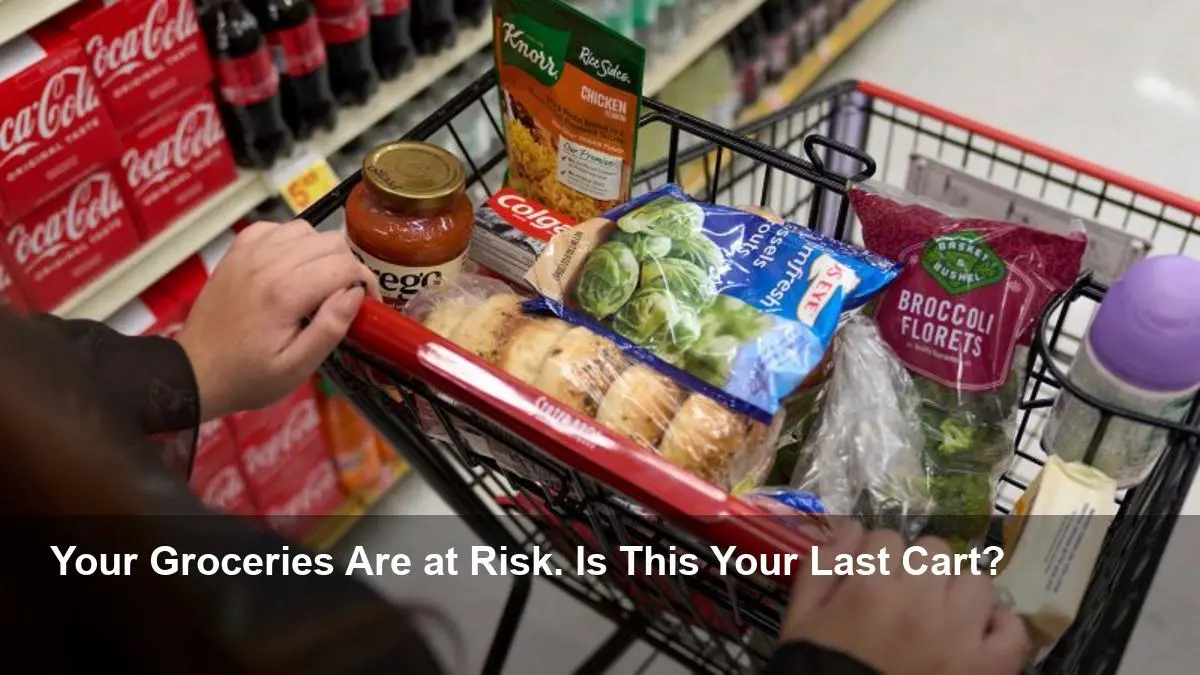- Impending Crisis: SNAP benefits for 42 million Americans are set to be cut off in November as the federal government shutdown continues, creating a nationwide food security emergency.
- Funding Shortfall: The program faces an immediate financial cliff, with an estimated $8 billion needed for November benefits but only a $6 billion contingency fund available.
- Political Blame Game: Washington’s political gridlock is directly to blame, with the Trump administration and Democrats pointing fingers while vulnerable families are caught in the crossfire.
- States Halt Payments: Following a USDA directive, states have been forced to hold off on issuing November payments, and 17 states have already stopped accepting new applications.
Government Shutdown Threatens Food Security for Millions
A dire warning has been issued from the White House: the food stamp program is just two weeks away from running out of money. Amid the ongoing federal government shutdown, roughly 42 million Americans who rely on the Supplemental Nutrition Assistance Program (SNAP) are at imminent risk of losing their benefits next month. The cutoff threatens to plunge millions of vulnerable families into a food crisis just as the holiday season approaches.
Agriculture Secretary Brooke Rollins delivered the stark news on Thursday, stating, “So you’re talking about millions and millions of vulnerable families, of hungry families that are not going to have access to these programs because of this shutdown.”
Political Stalemate as Families Go Hungry
As the crisis deepens, Washington remains locked in a bitter stalemate. Secretary Rollins and the Trump administration have publicly blamed Democrats, accusing them of prioritizing their “political agenda ahead of food security for American families.” In response, Democrats argue that Republicans are at fault for refusing to negotiate a spending deal that includes other critical provisions.
This political infighting offers little comfort to the one in eight Americans who depend on SNAP to feed their families, with an average monthly benefit of $188 per person. The human cost of the shutdown is already being felt, as highlighted in a CNN report where a federal worker described the impasse as “taking food off my table.”
The Financial Cliff: A Funding Crisis Explained
The USDA has alerted states that there is not enough money to cover the full cost of November’s benefits, which are projected to be around $8 billion. While a contingency fund of approximately $6 billion exists, a senior agency official confirmed it is not enough to bridge the gap, and other emergency funds, such as tariff revenues used to save the WIC program earlier this month, are insufficient to cover the massive shortfall.
This has forced the USDA to ask states to halt the issuance of November payments until further notice. New York Governor Kathy Hochul condemned the move, calling it a “deliberate and unprecedented decision intended to inflict pain on millions of hardworking American families.”
States Forced to Halt Aid
The ripple effect is already spreading across the country. Seventeen states have been forced to stop accepting new food stamp applications altogether because their systems cannot separate partial October payments from the now-uncertain November benefits. This administrative hurdle means that even newly eligible families in desperate need cannot access aid.
A Critical Lifeline at Risk
Anti-hunger advocates are sounding the alarm, emphasizing that food pantries are already under immense strain and cannot possibly fill the void left by SNAP. “The November benefits are especially important with Thanksgiving on the horizon,” said Gina Plata-Nino of the Food Research & Action Center.
Experts argue that the administration must act with the same urgency it has shown for other priorities during the shutdown. “We can’t let households who need help purchasing food become another casualty of this shutdown,” said Ty Jones Cox of the Center on Budget and Policy Priorities.
Image Referance: https://www.cnn.com/2025/10/18/politics/snap-food-stamps-november-government-shutdown
